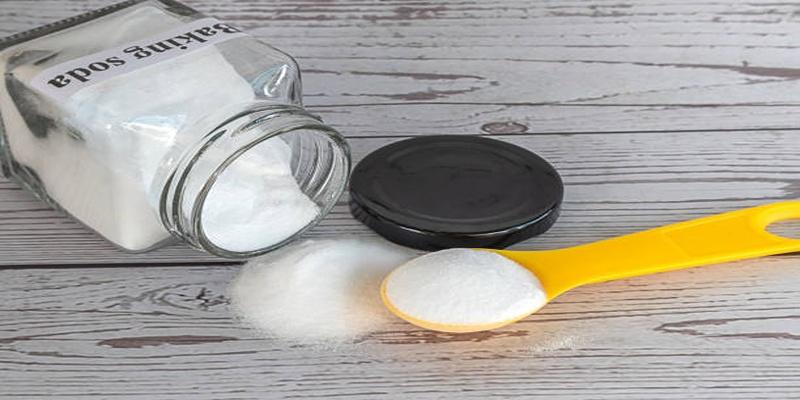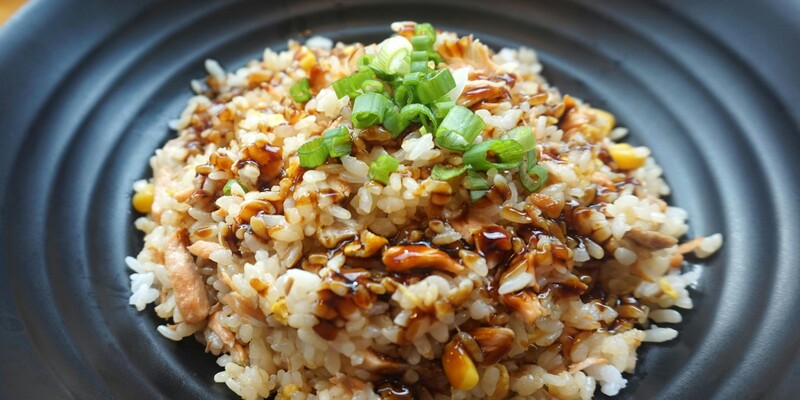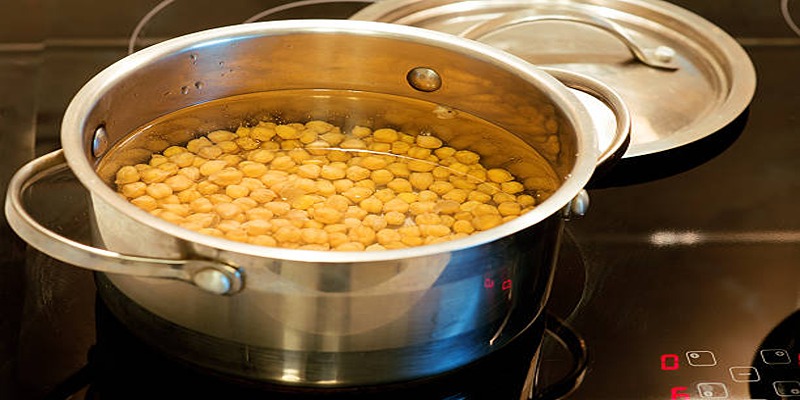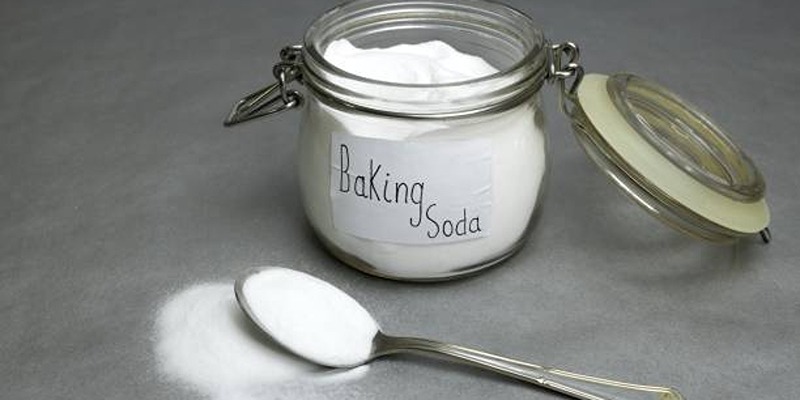Baking soda, also known as sodium bicarbonate, is a versatile ingredient that has been cherished by cooks for its ability to transform the texture of tough cuts of meat. When used properly, it breaks down proteins to create tender, juicy meat that's perfect for a variety of dishes. Whether you're grilling steaks, roasting poultry, or preparing stir-fry, baking soda's unique properties make it an invaluable addition to your culinary toolkit. This simple, yet effective, tenderizing method allows home cooks to achieve restaurant-quality results without the need for specialized equipment or extensive preparation. By incorporating baking soda into your marinades or direct seasoning, you can elevate the flavor and tenderness of your meat, making every meal a memorable experience.
The Science Behind Baking Soda and Tender Meat:
Baking soda, or sodium bicarbonate, is an alkaline compound that raises the pH level of meat. By doing so, it disrupts the protein structure, preventing proteins from bonding tightly. This process, known as denaturation, helps retain moisture, keeping the meat tender and juicy during cooking. The elevated pH level also creates an environment less favorable for bacterial growth, enhancing both the quality and safety of the meat. Additionally, baking soda softens the meat's texture, ensuring a succulent result. This simple yet effective technique is commonly used in marinades and brines to improve the flavor and mouthfeel of various meat dishes.
How to Use Baking Soda for Tenderizing Meat?
1. Selecting the Right Cut:
Baking soda is particularly effective on tougher cuts of meat such as chuck steak, pork shoulder, and chicken thighs. These cuts, with their higher muscle content and connective tissues, benefit most from tenderizing, resulting in juicier and more flavorful dishes. By breaking down the proteins, baking soda helps to soften the meat, making it easier to cook and more enjoyable to eat. This technique is especially useful in recipes that require slow cooking or grilling, where tender meat can make all the difference in the final dish.
2. Applying Baking Soda:
To tenderize meat with baking soda, follow these steps:
- Measure: Use about 1 teaspoon of baking soda per pound of meat.
- Coat: Sprinkle the baking soda evenly over the meat. Alternatively, dissolve 1 teaspoon of baking soda in 1 cup of water and immerse the meat.
- Rest: Let the meat rest. For smaller cuts like chicken or thinly sliced beef, 15-20 minutes is sufficient. Larger cuts may need up to 30 minutes.
- Rinse: Rinse the meat thoroughly under cold water to remove any excess baking soda. Pat dry with paper towels.
- Cook: Proceed with your preferred cooking methodgrilling, frying, or roasting.
Practical Tips and Considerations:
- Do Not Overuse: Excessive baking soda or prolonged resting times can result in an off-taste and overly soft texture. Stick to the recommended amounts and times.
- Balance Flavors: Since baking soda is alkaline, balance it with acidic ingredients like lemon juice, vinegar, or tomatoes in your marinade or sauce for a well-rounded flavor.
- Test First: If youre new to using baking soda as a tenderizer, start with a small amount of meat to understand the process and results.
Specific Applications: Different Types of Meat:

1. Beef
For tougher cuts like flank steak or brisket, baking soda can be transformative. By breaking down muscle fibers and collagen, it turns these cuts into tender, flavorful pieces. After tenderizing with baking soda, they are perfect for stir-fries, stews, or slow-cooked dishes.
2. Chicken
White meat portions such as chicken breasts can easily become dry and tough when overcooked. Applying baking soda helps retain moisture, resulting in juicy and tender meat. This technique is particularly useful for grilling or pan-frying, where the risk of drying out is higher.
3. Seafood
While less common, baking soda can also tenderize seafood like shrimp and squid. A quick soak in a baking soda solution can soften the texture, making these proteins more palatable, especially for dishes like stir-fries or ceviche.
Enhancing Marinades with Baking Soda:
Marinades are a popular way to infuse meat with flavor, and incorporating baking soda can enhance their tenderizing effects. Here are ways to combine baking soda with different types of marinades:
- Acidic Marinades: Ingredients like vinegar, citrus juice, or wine balance the alkalinity of baking soda, creating a harmonious flavor profile while tenderizing the meat.
- Herb and Spice Marinades: Adding baking soda to herb and spice-rich marinades ensures flavors penetrate deeply while tenderizing the meat.
- Sweet Marinades: Combining baking soda with honey, brown sugar, or fruit juices creates a sweet, tenderizing effect, perfect for dishes requiring a caramelized crust.
Addressing Common Concerns:
Flavor Impact:
A common concern is the potential impact of baking soda on flavor. While tasteless in small amounts, excessive use can leave a soapy or metallic taste. To avoid this, rinse the meat thoroughly after tenderizing and use the recommended amount.
Texture Changes:
Baking soda can significantly alter meat texture, making it extremely tender. For some dishes, this ultra-tender texture may not be desirable. Adjust the amount of baking soda and resting time to achieve the desired texture.
Culinary Innovations with Baking Soda:

Innovative chefs and home cooks are discovering new ways to use baking soda in their culinary creations:
Brining Poultry:
Adding a small amount of baking soda to a brine can tenderize poultry more effectively than salt alone. The baking soda raises the pH level of the meat, which allows the proteins to break down more easily, resulting in a much juicier and more tender texture. This simple addition can significantly improve the quality of your cooked poultry, making it a great tip for home cooks and chefs alike.
Baking Soda in Doughs and Batters:
Beyond tenderizing meat, baking soda can significantly improve the texture of breading and batters, creating a lighter and crispier coating for fried foods. When added to the flour mixture, it reacts with acidic ingredients to produce carbon dioxide bubbles, which contribute to a fluffier and more delicate crust. This makes your fried chicken, fish, or vegetables not only taste better but also have a more appealing texture. Additionally, it helps to balance the pH levels, which can enhance the overall flavor of the dish.
Quick-Cooking Techniques:
For last-minute meal preparations, baking soda can be a game-changer. It reduces the need for lengthy marinating times by quickly tenderizing the meat, allowing you to prepare delicious and tender meat dishes in a fraction of the time. This simple ingredient can save you precious time without compromising flavor or quality.
Conclusion:
Incorporating baking soda into your meat preparation routine can elevate your dishes to new levels of tenderness and juiciness. By understanding the science and following the recommended practices, you can confidently use this secret ingredient to enhance your culinary creations. Whether preparing a hearty beef stew or grilling chicken skewers, a little baking soda can make a significant difference, transforming tough cuts into delectable, tender bites that will delight your palate.







